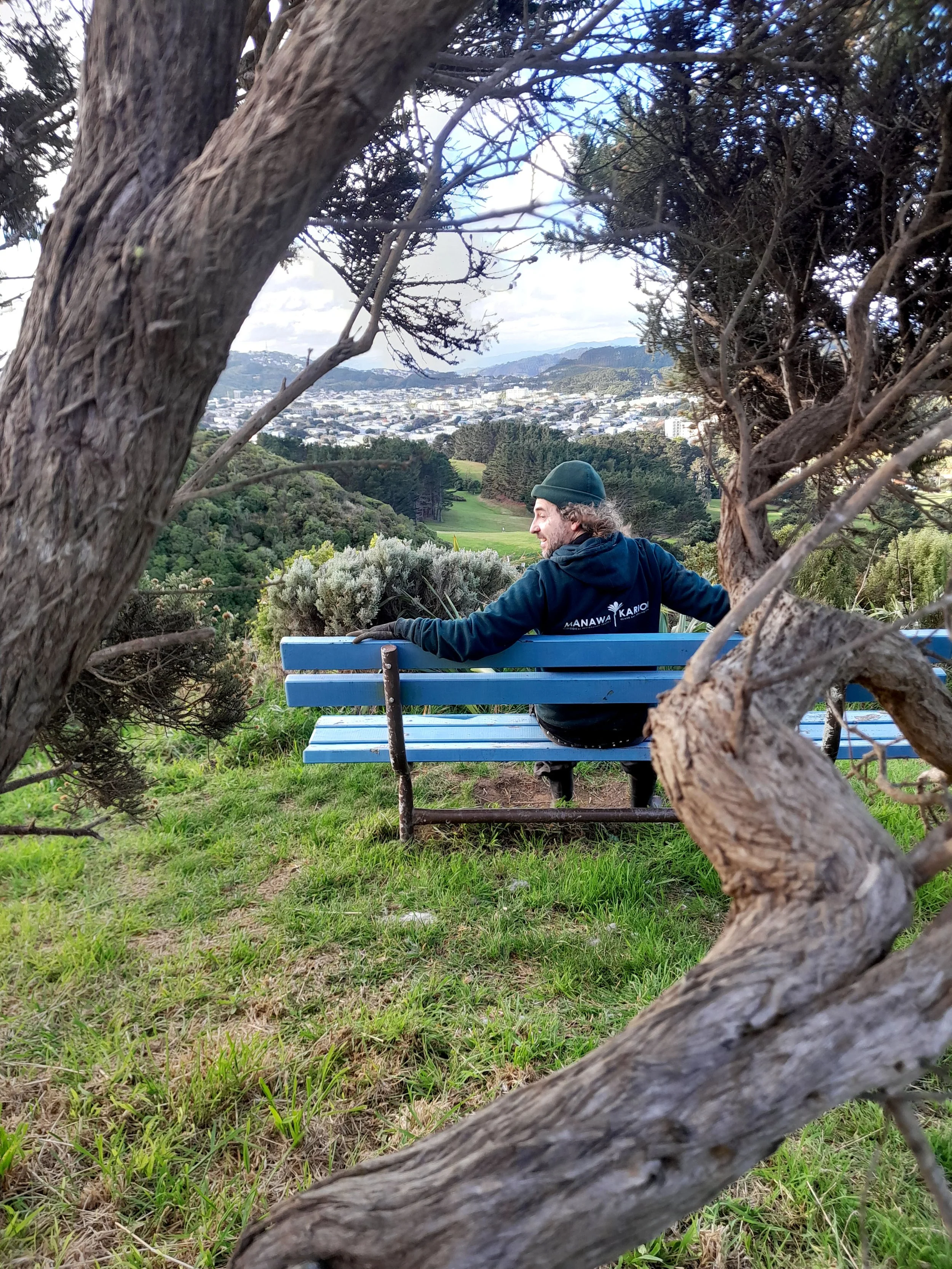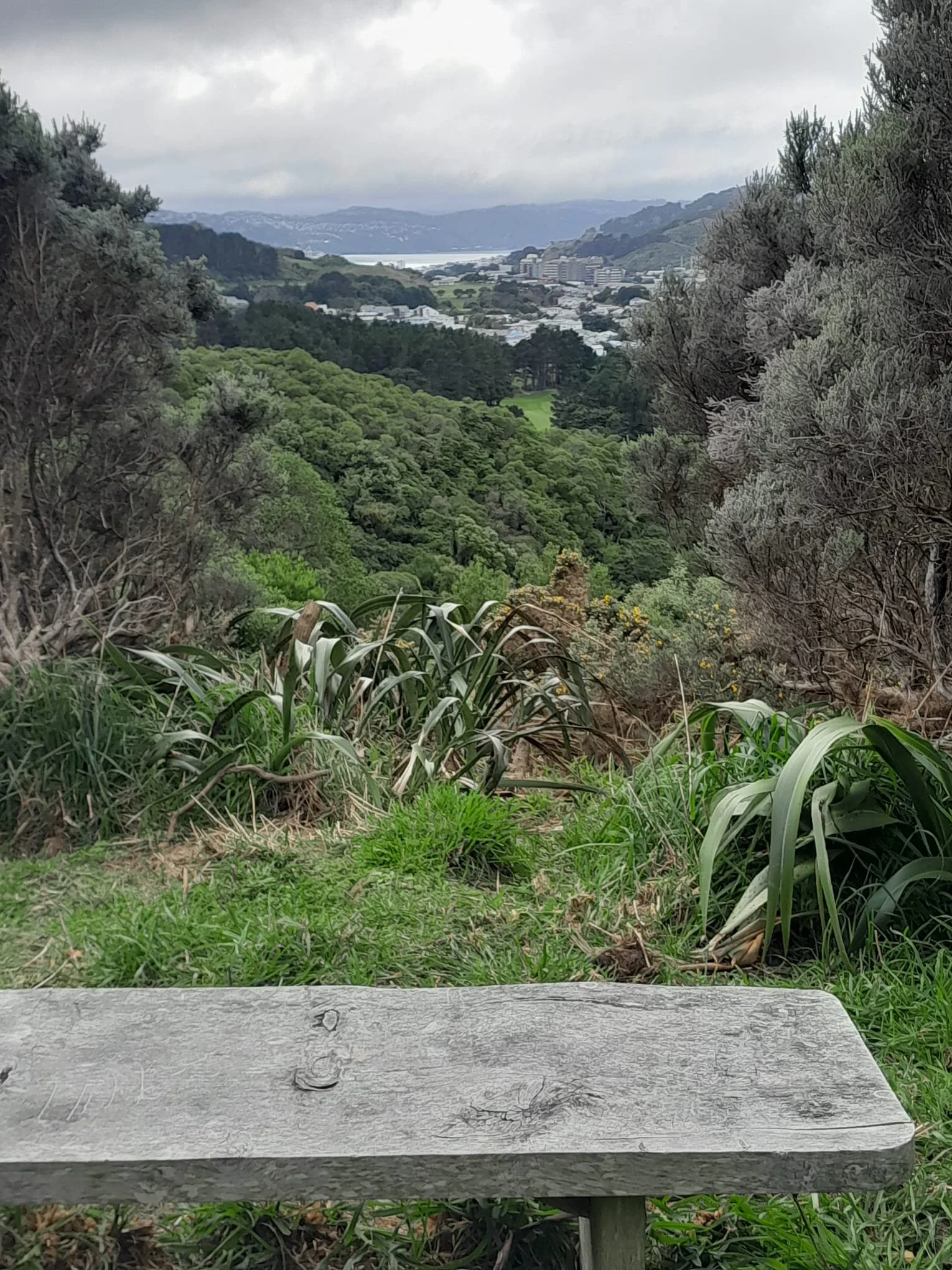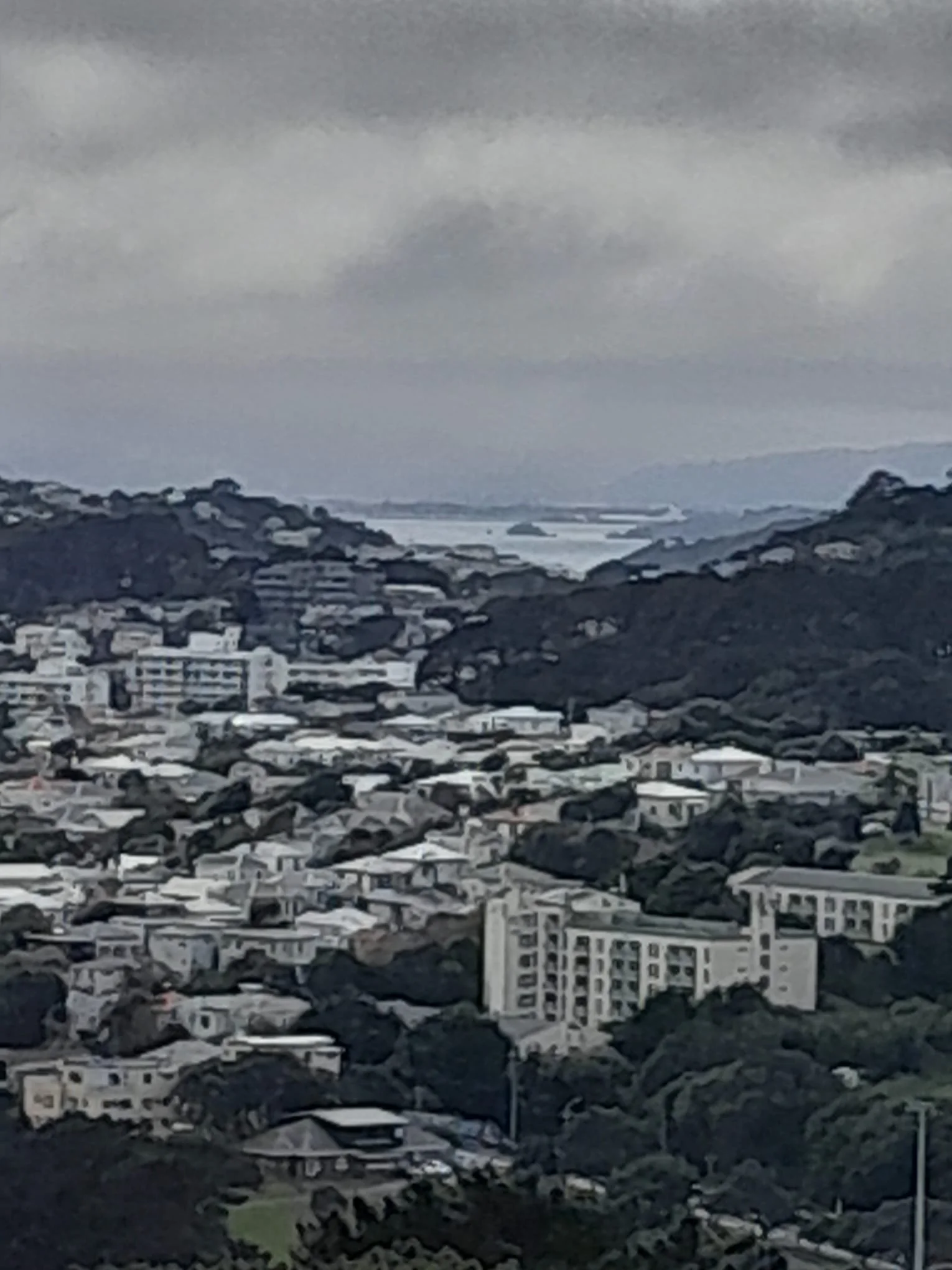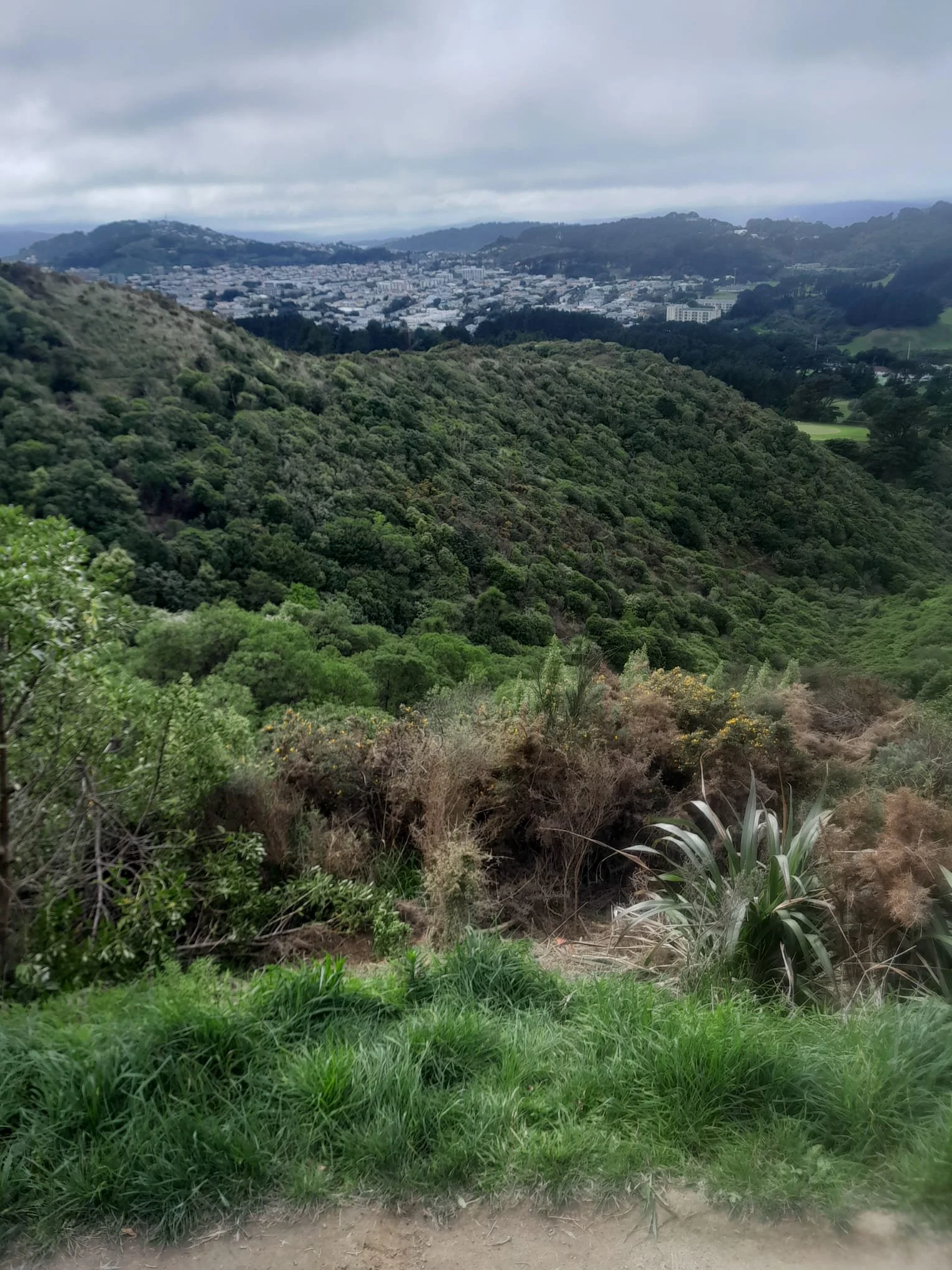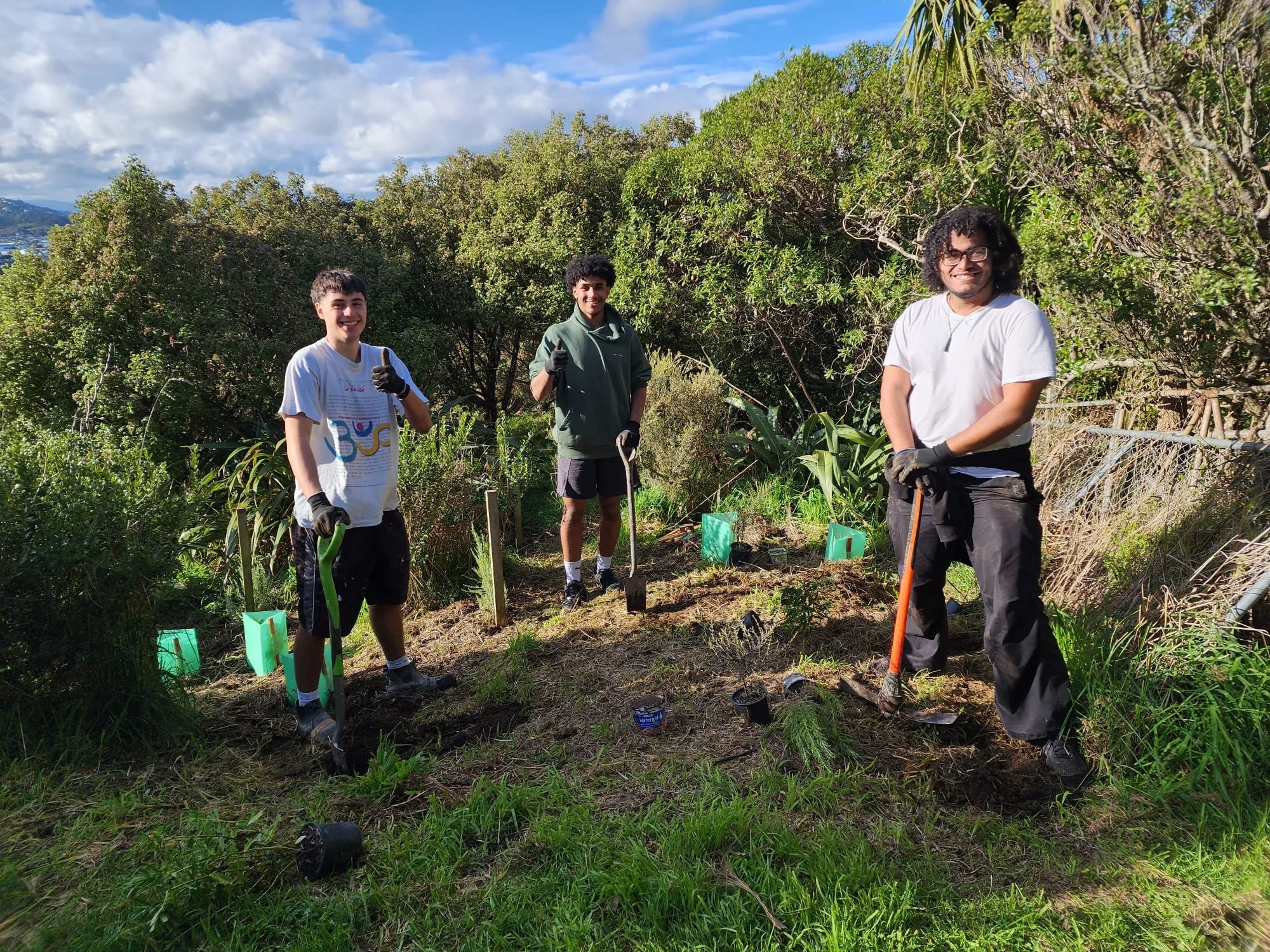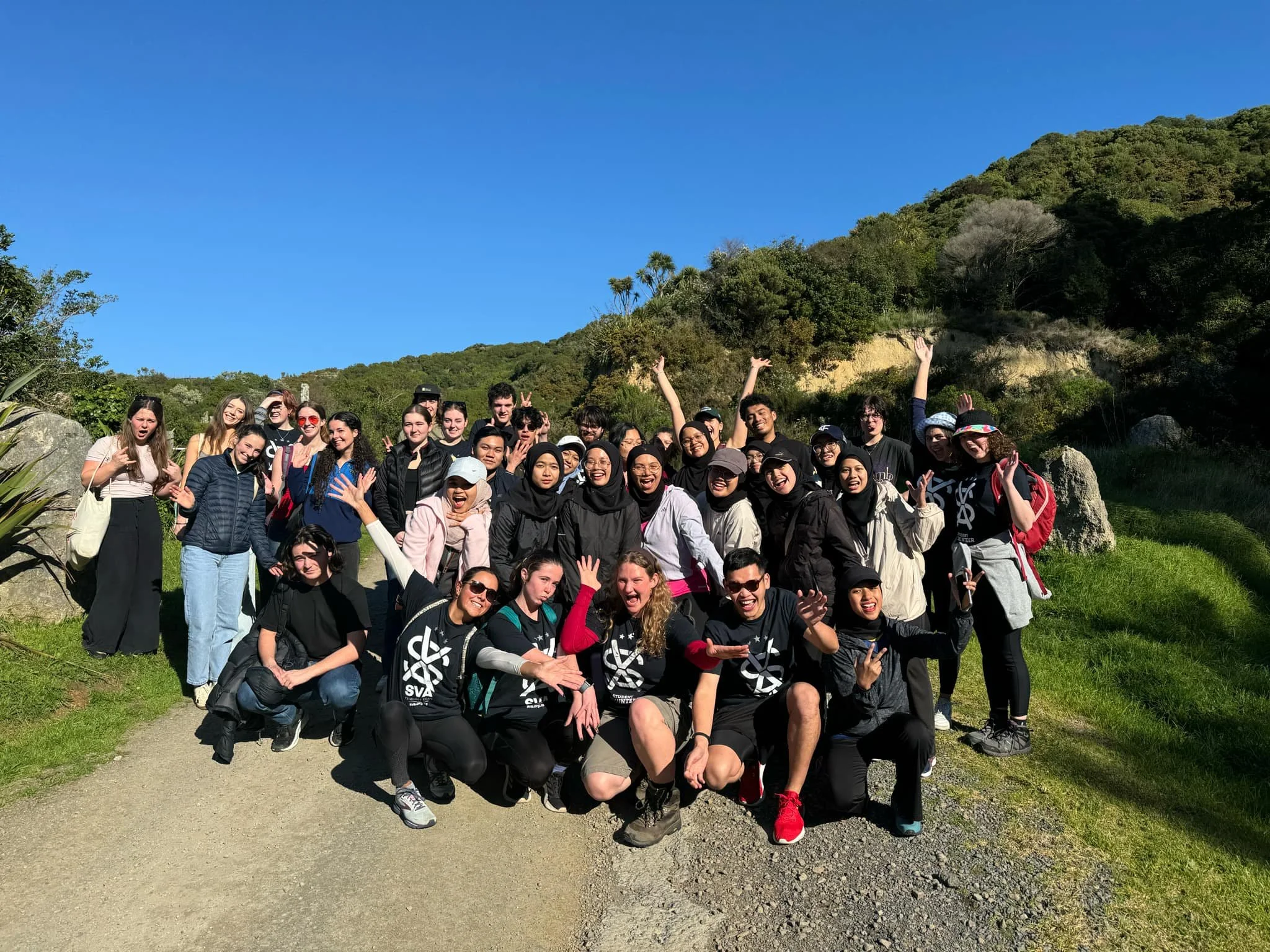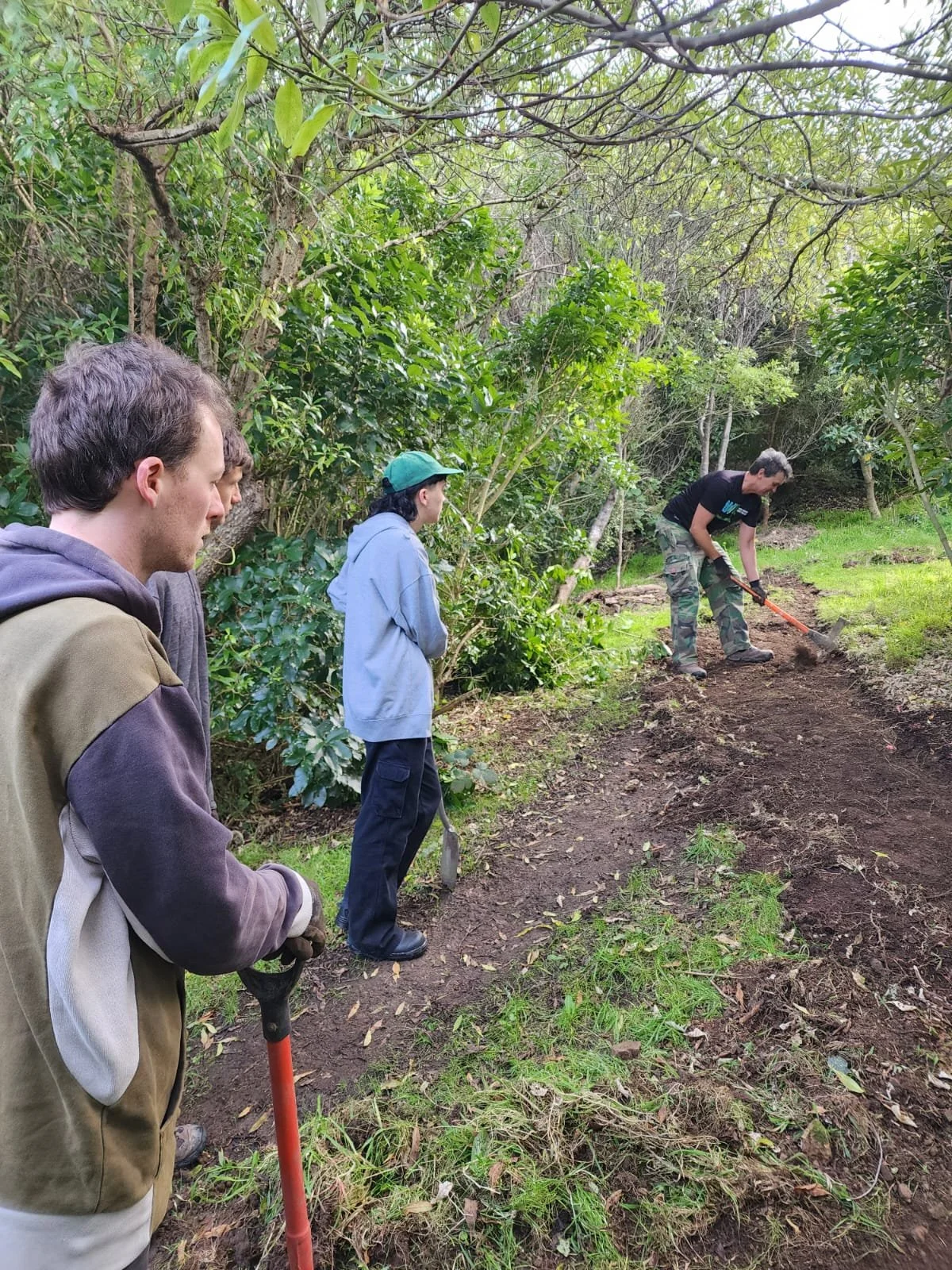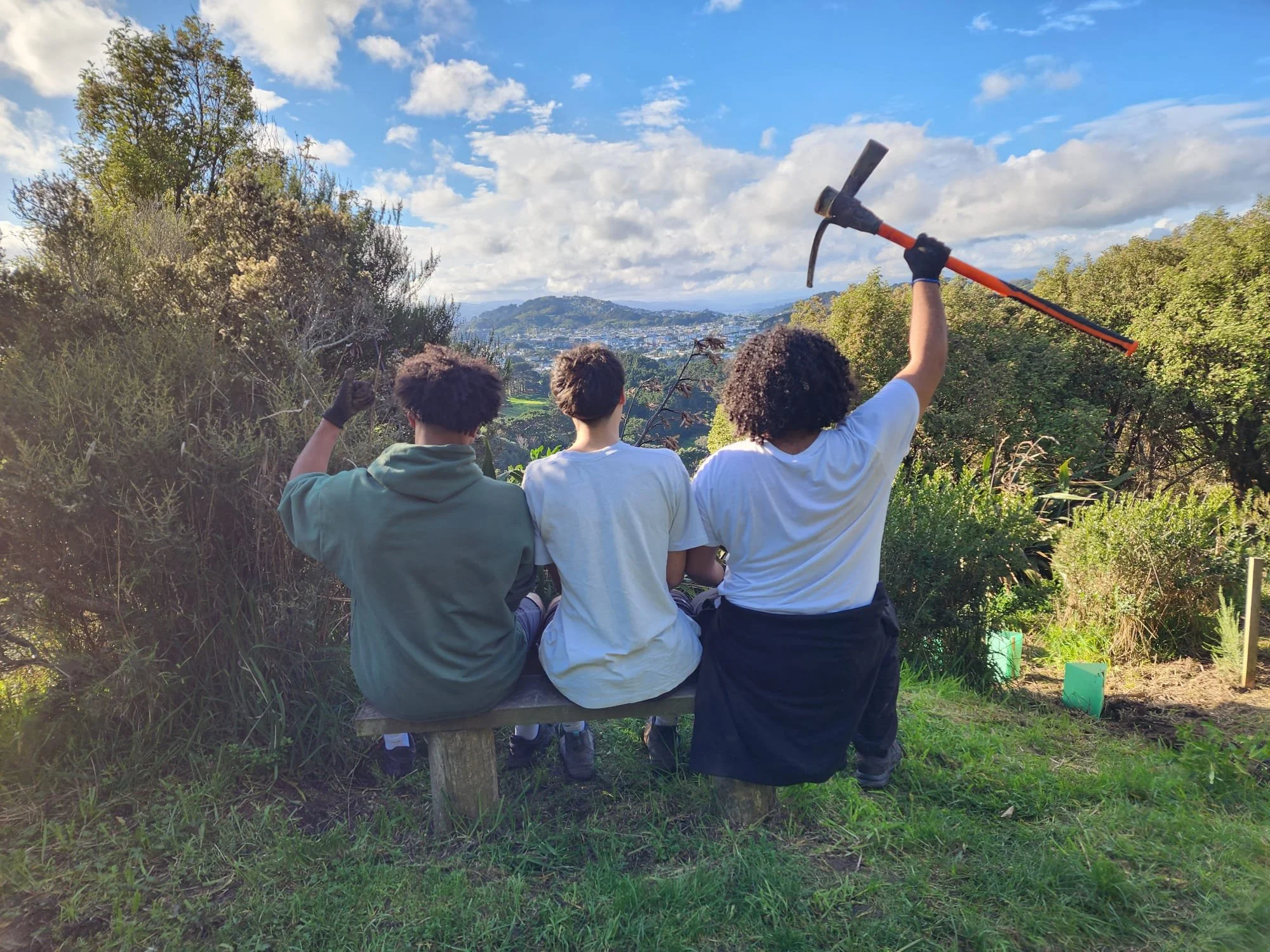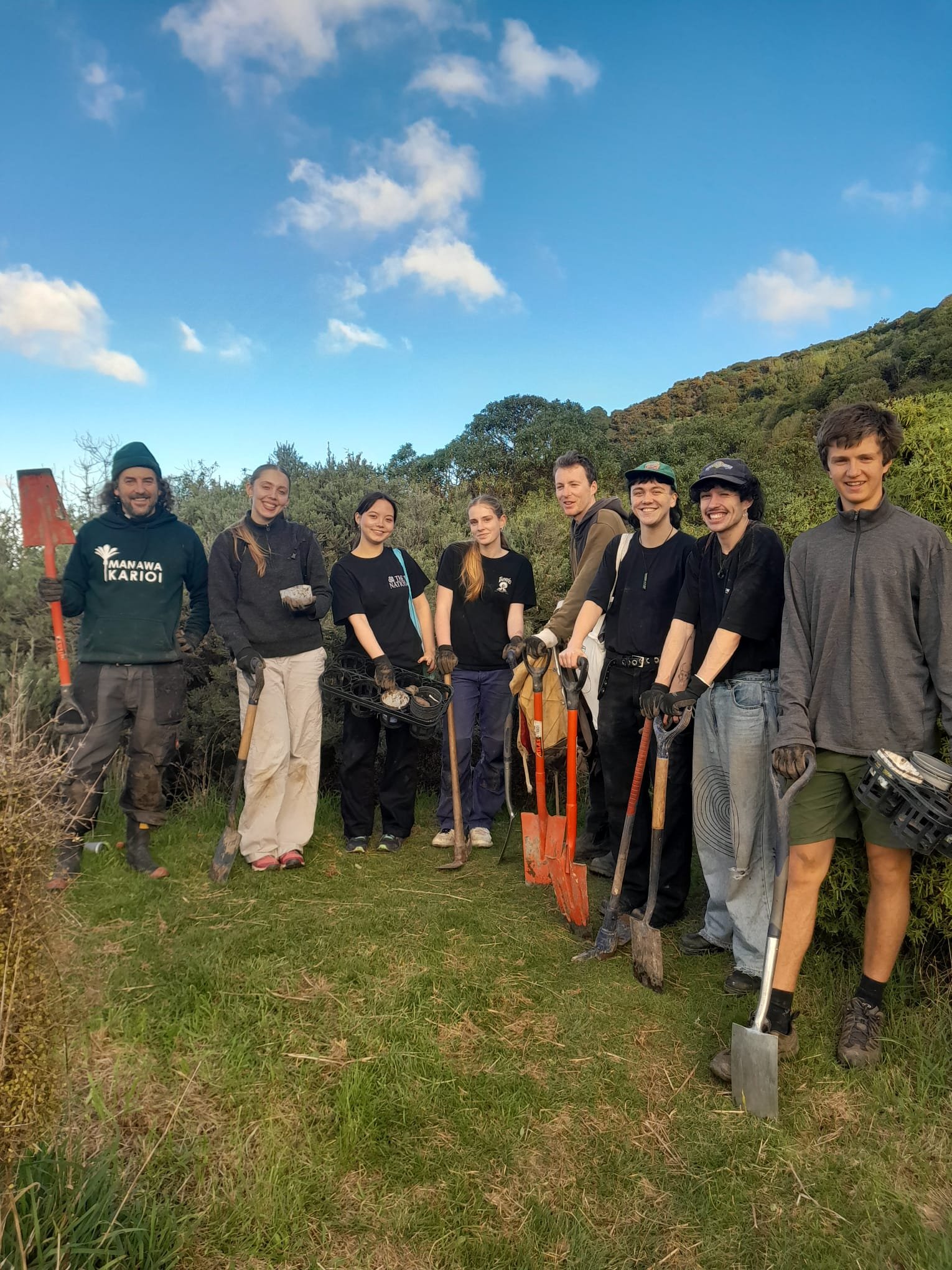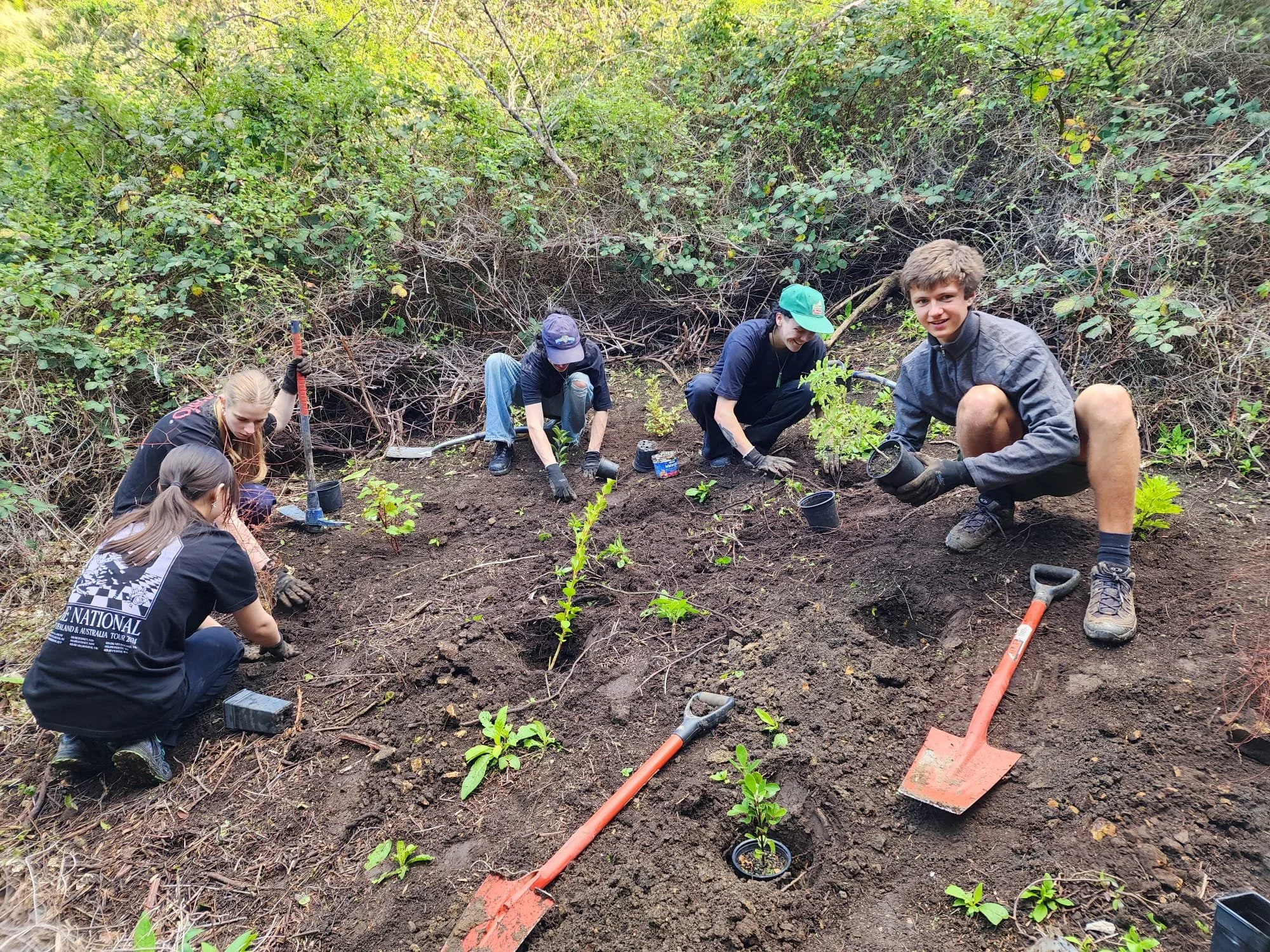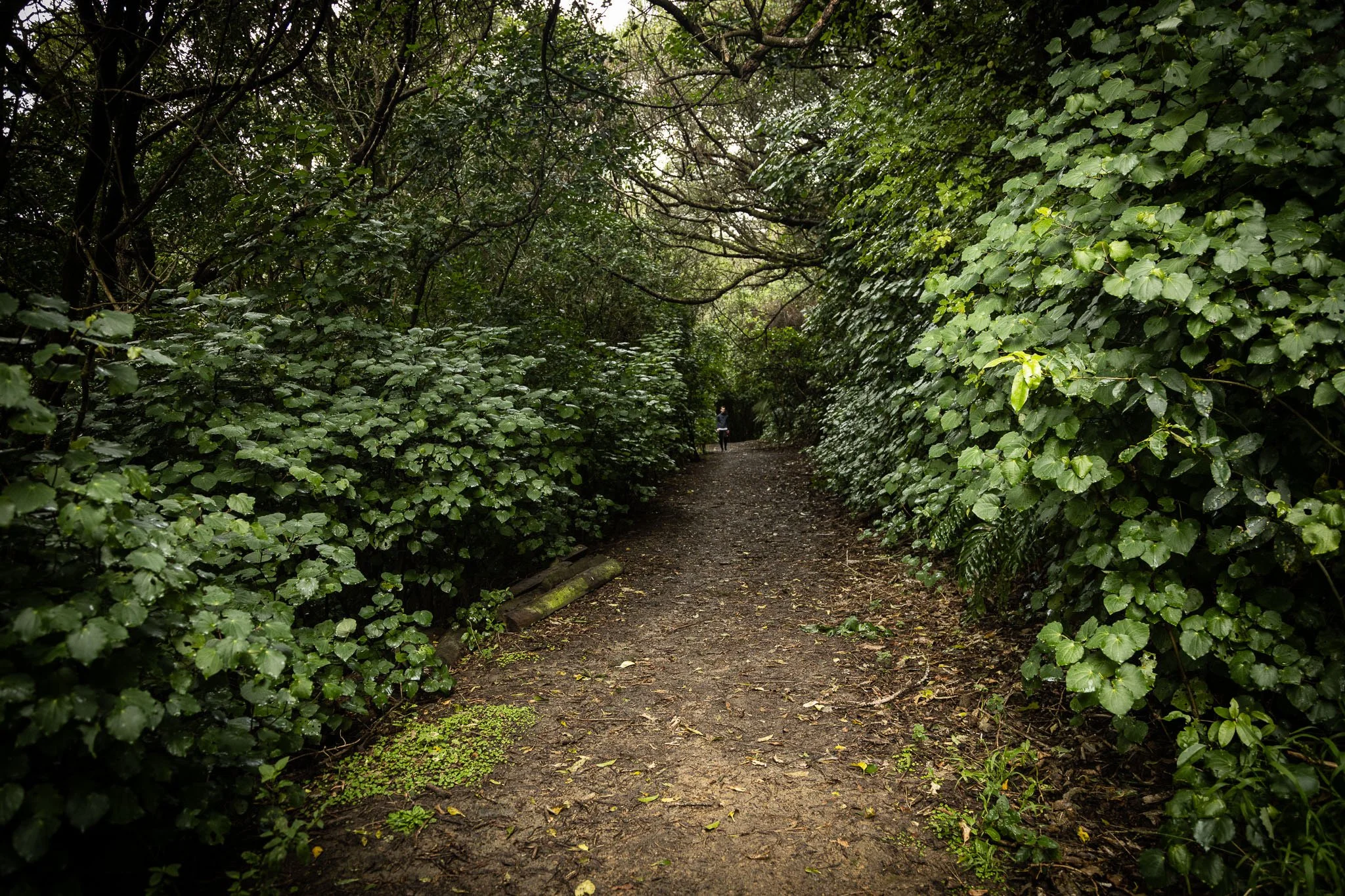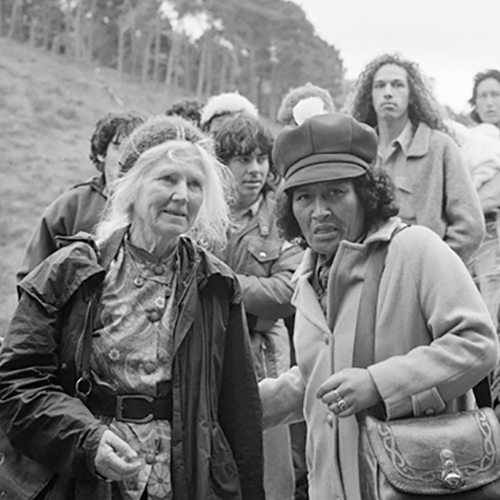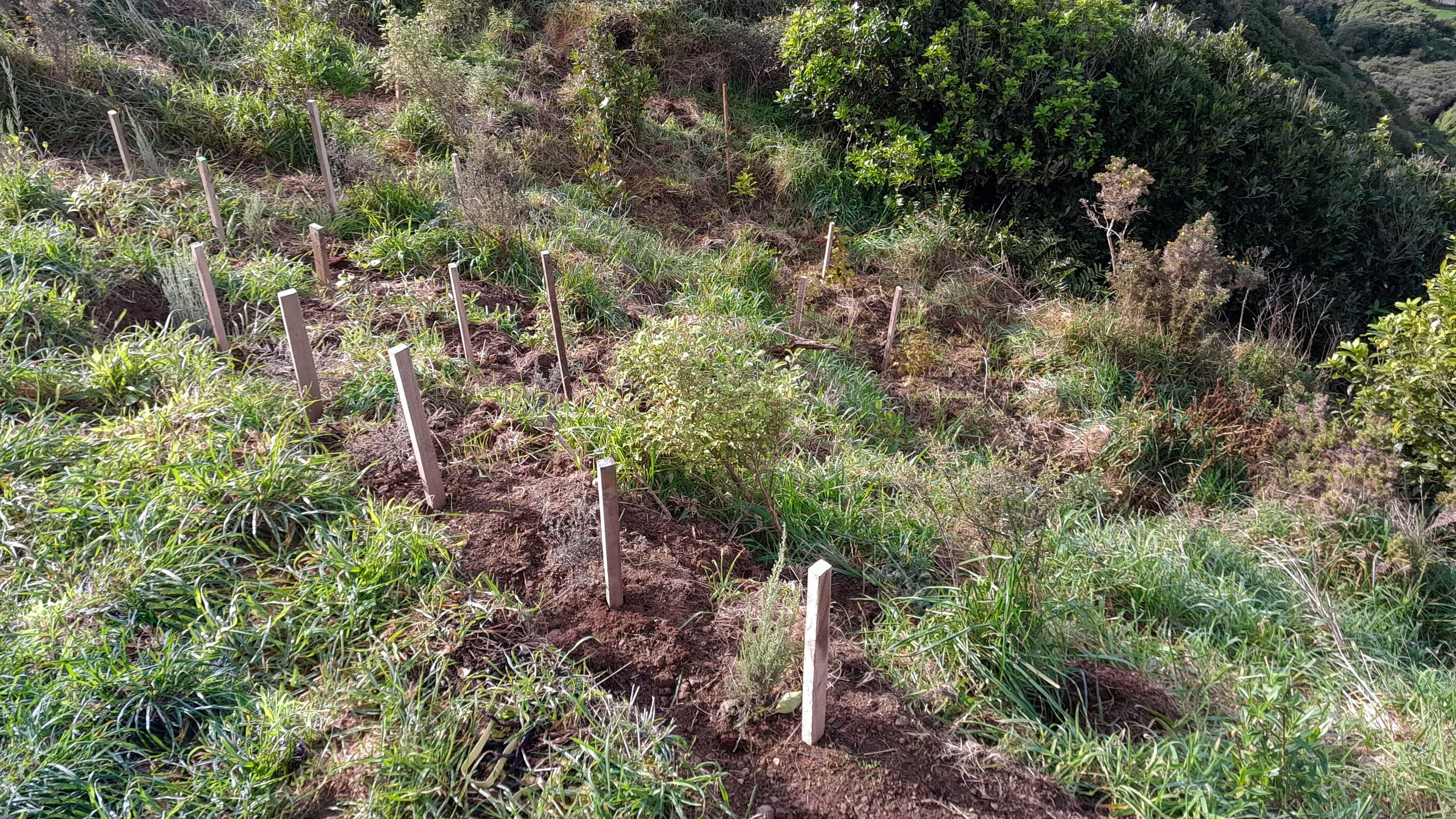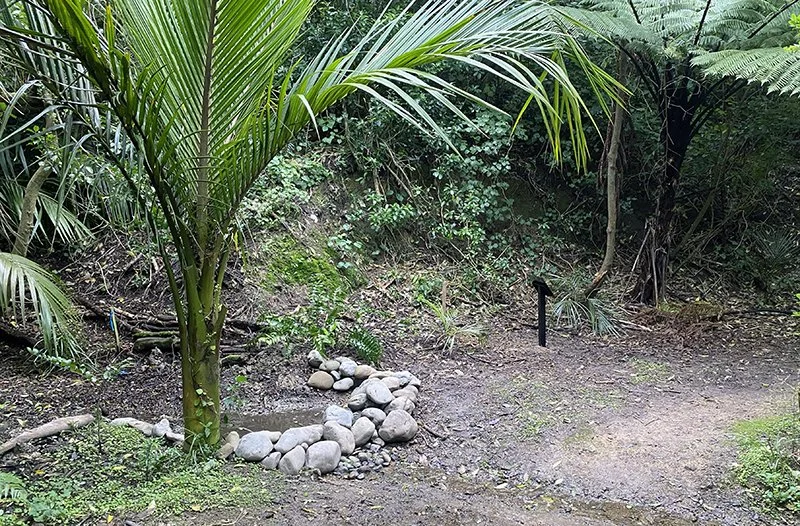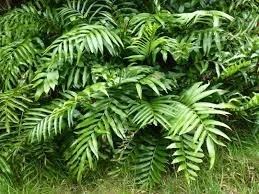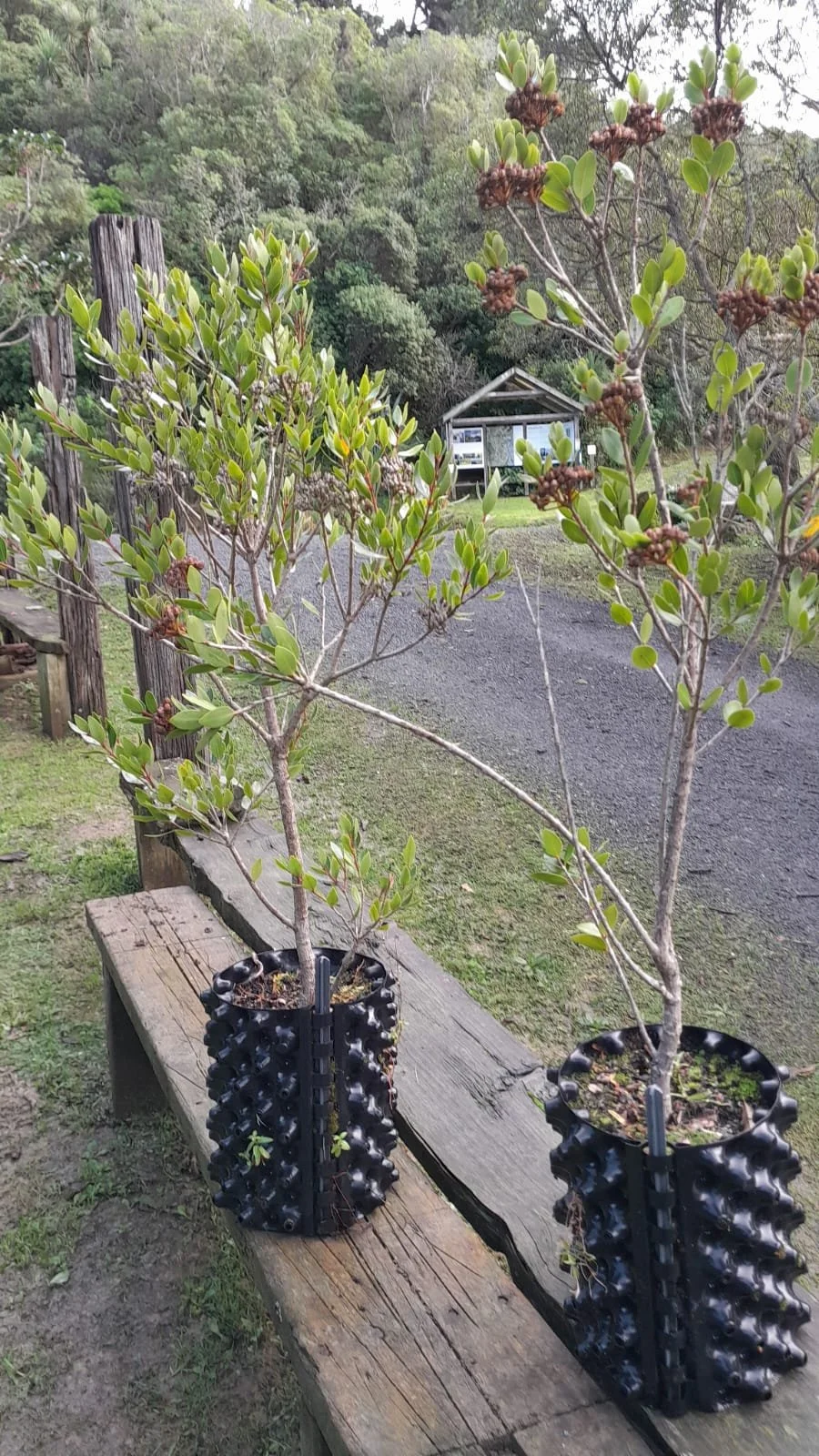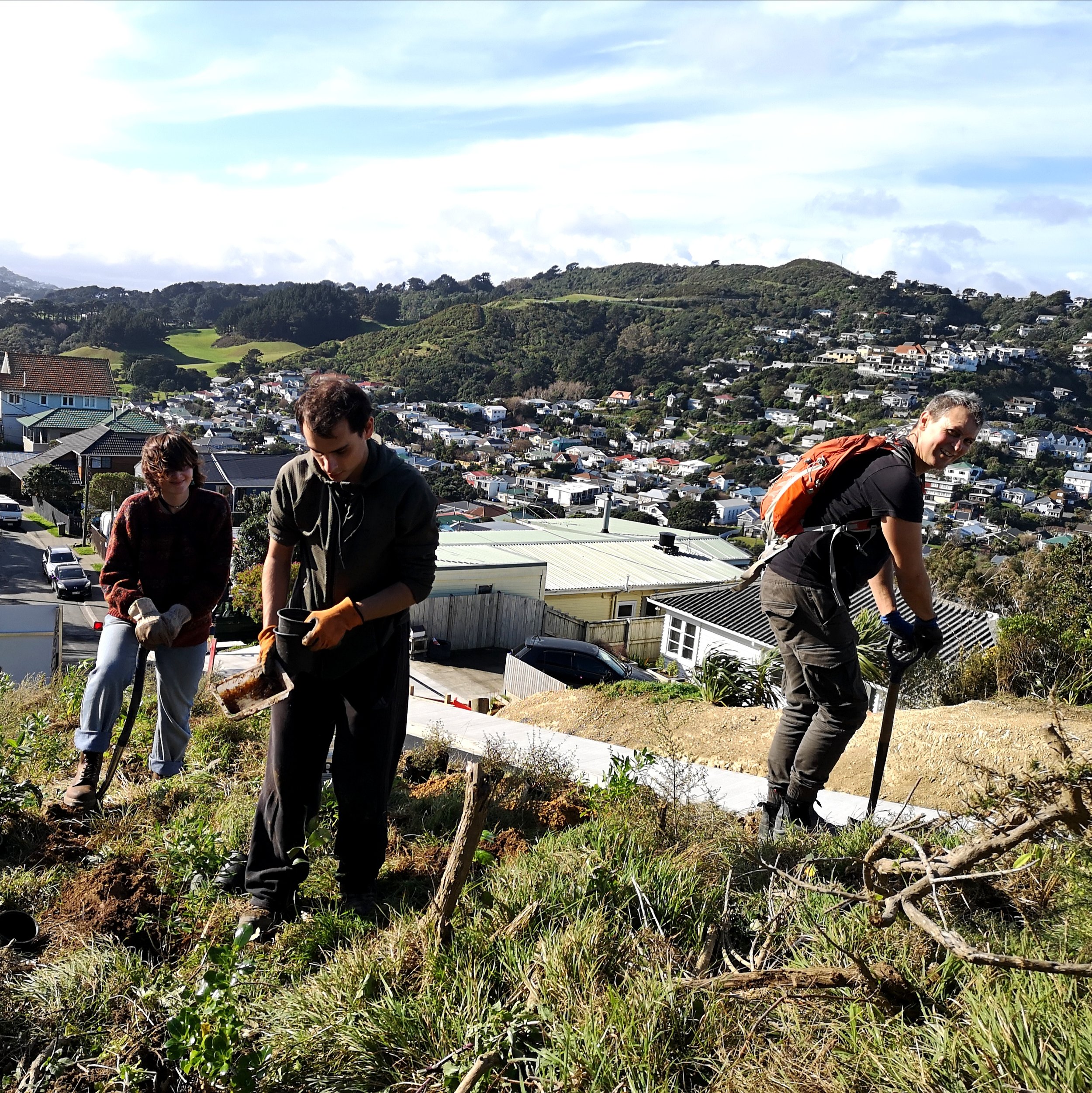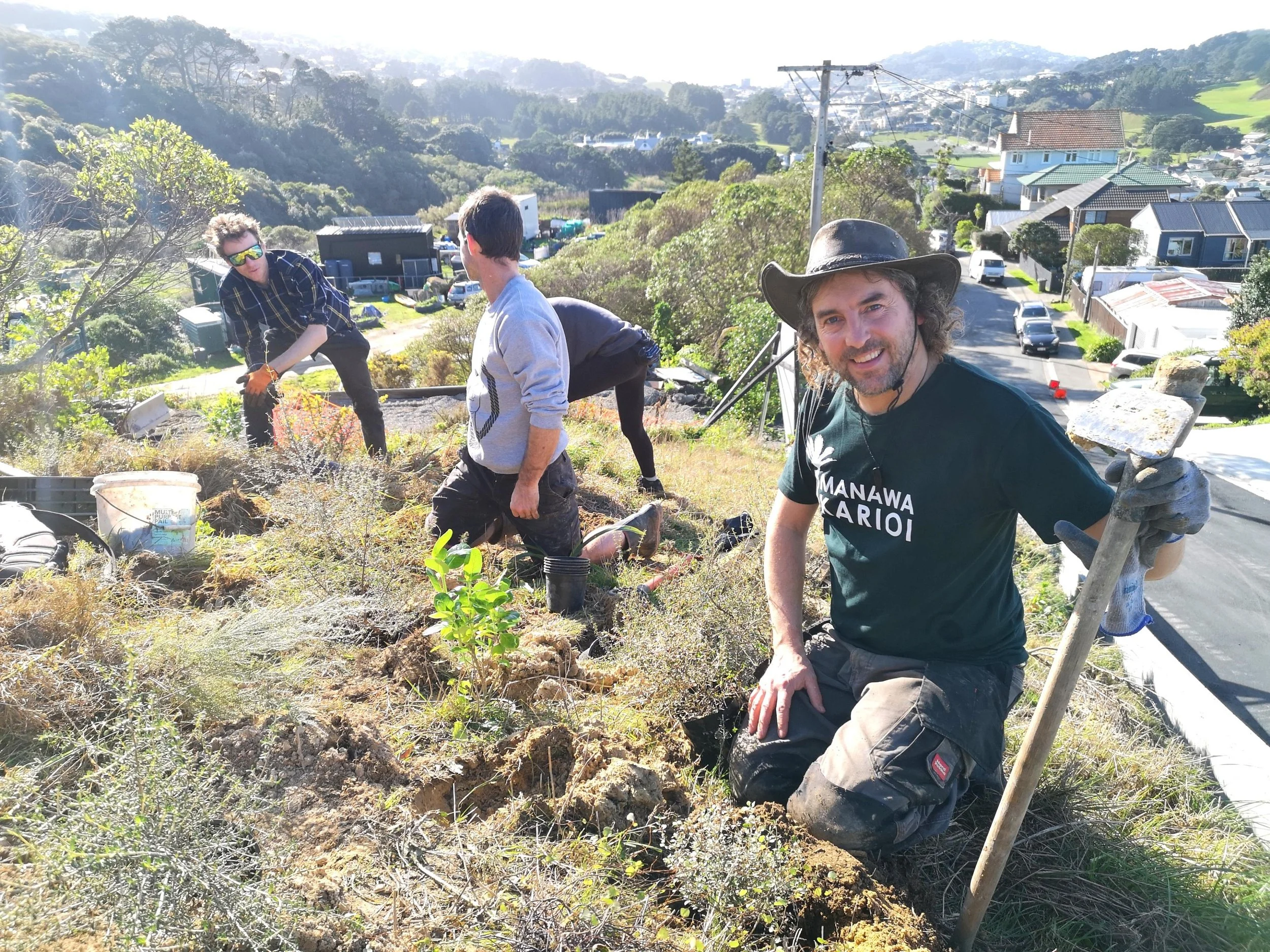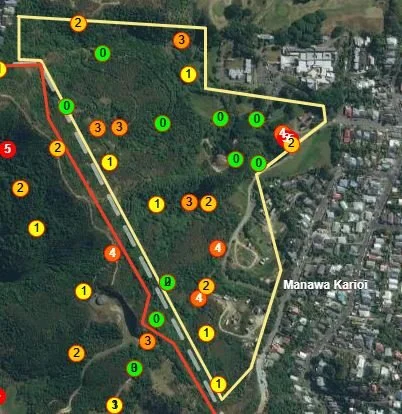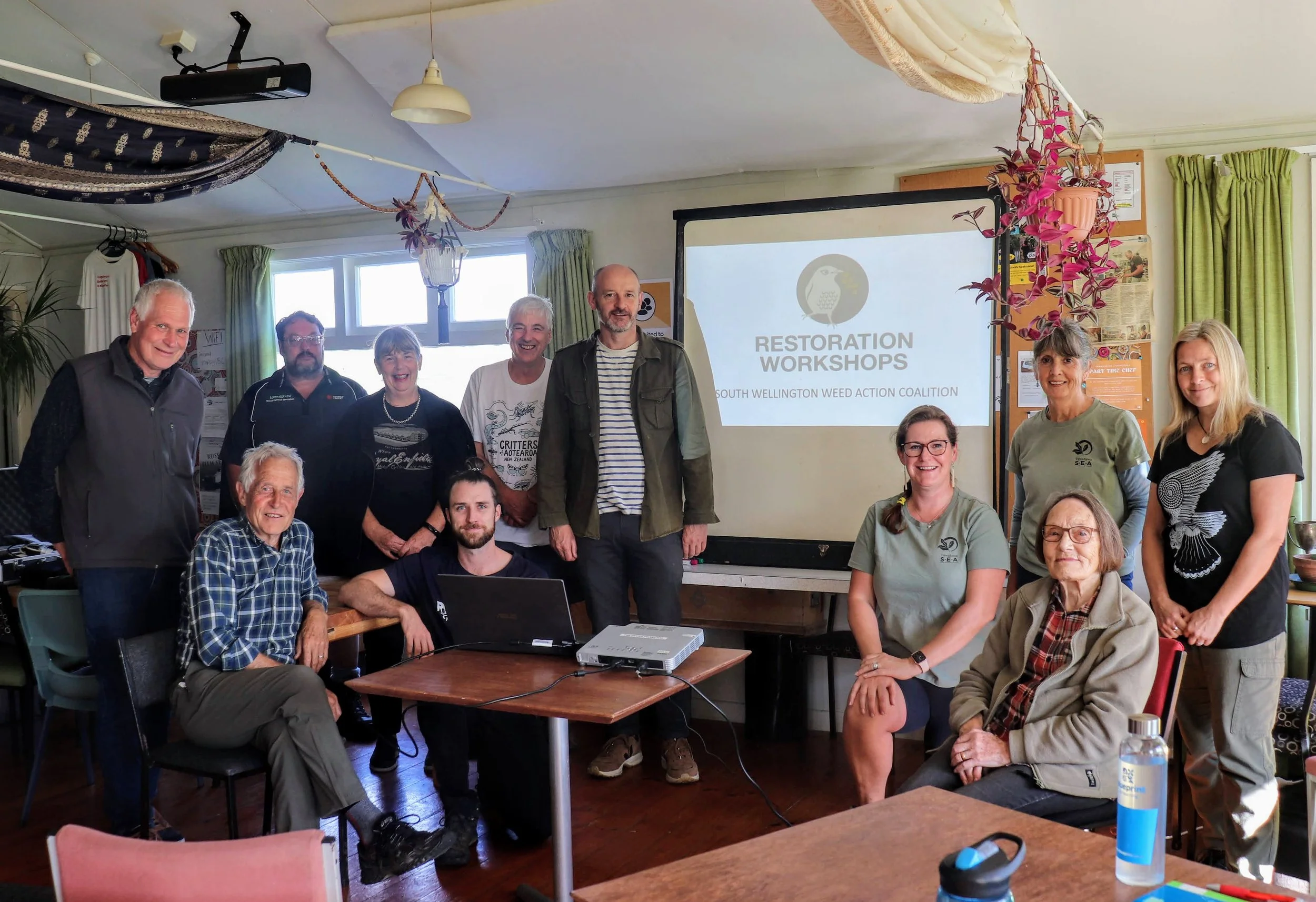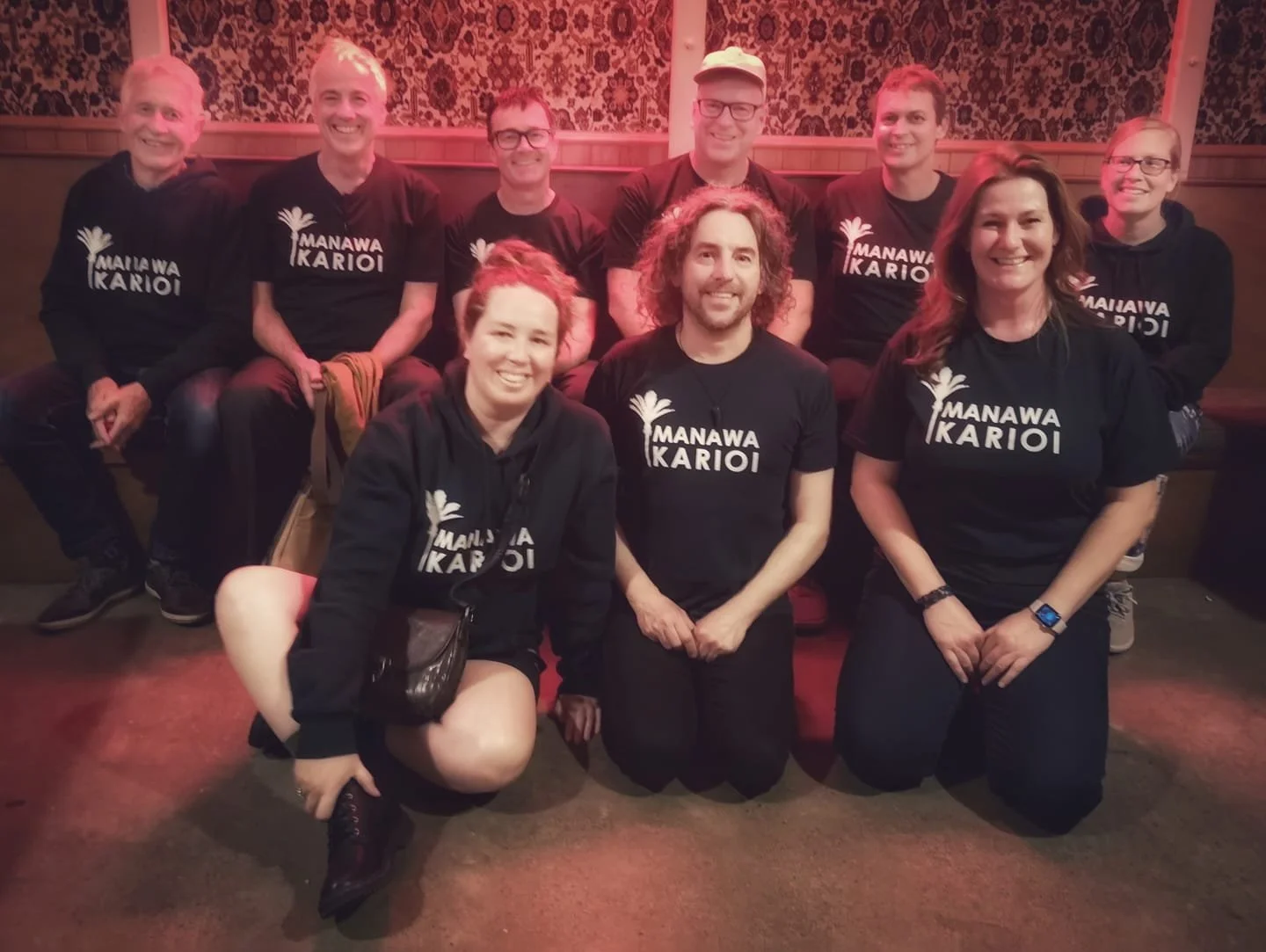We put effort into improving our lookout points. There are currently 4 of these with seats. Gorse was removed, and only low-growing species have been planted to avoid blocking the view. We take care to keep the plantings natural-looking, but make sure we put in a variety of food sources for the birds (and consequently bird-watchers). This includes kowhai (late winter flowers for hungry nectar-feeders like tui, korimako and kaka. Kereru also eat the flowers). Wharariki provides more nectar throughout springtime, and all the lookouts have nearby rata for summer nectar.
The view from Green's Lookout.
Careful pruning opened up the view at Mokopuna Lookout. In this view north you can see the hospital, the western flank of Mt Vic, and across the Harbour to Ngauranga gorge.
Mokopuna Lookout
Careful pruning opened up the view at Mokopuna Lookout. In this view north you can see the hospital, the western flank of Mt Vic, and across the Harbour to Ngauranga gorge.
The (zoomed in) view from Mokopuna Lookout of Mokopuna Island.
Looking to the right from the same lookout point, you can see Mokopuna, the small island just to the north of Matiu in the middle of the harbour. Both of these islands were named by Kupe when he voyaged here with his wife and daughters about 1,000 years ago.
View from the seat on the Moemoea track.
The view from the seat at the north end of Moemoea, above Manawa Karioi gully. This looks east over Berhampore and Newtown. In the distance is the northern tip of Te Motu Kairangi (Miramar) and beyond that, you get a glimpse of the southern end of the Remutaka Ranges.

